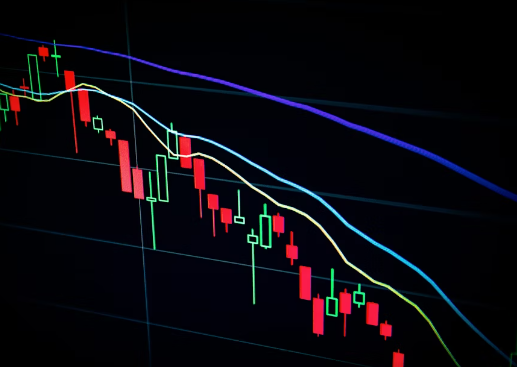Utilizing Technical Analysis to Spot High-Profit Trades
Forex trading can be a challenging and complex market for new traders. It takes time and patience to understand the market’s intricacies, one of which is support and resistance levels. These levels play a vital role in Forex trading and determine the market’s direction, providing traders an opportunity to make profitable trades. In this blog post, we’ll explain what support and resistance levels are, how to identify them, and why they matter in forex trading.
Support and resistance levels refer to the price levels at which buying is strong enough to prevent the price from dropping further or selling is strong enough to prevent the price from rising further, respectively. In other words, support and resistance levels are points on a chart where the price has found temporary resistance or support, and they are the key elements that impact price movements.
Support levels are relevant when the price falls to a specific point beneath the current market price, and buyers generally tend to purchase at this level and drive the price back up again. When prices approach a support level, traders will often buy in anticipation of a price increase or to prevent a significant loss. On the other hand, resistance levels occur when prices rise to a particular point, and sellers tend to sell their stocks, creating temporary resistance. When prices reach a resistance level, traders consider selling, sometimes to cash in on profits, to prevent losses, or because they anticipate a price decrease.
Identifying support and resistance levels in forex trading is a vital skill that traders need to possess. A straightforward way of identifying support and resistance levels is by visually analyzing charts. Whether it’s a line chart, a candlestick chart, or a bar chart, the process is the same. On a chart, support levels are often represented by a horizontal line on a chart connecting two or more lows with the same price level. Resistance levels are often represented by a horizontal line on a chart connecting two or more highs with the same price level.
It is crucial to understand that support and resistance levels are not static; they evolve as the forex market reacts to global events and economic developments. Traders must be aware of these developments as they might significantly impact the market’s support and resistance levels. For instance, if the economy of a country improves, leading to a stronger currency, it may result in support and resistance levels shifting upward.
Another critical factor to consider when trading support and resistance levels is risk management. A trader must understand stop-loss orders, which is the point a trader decides to sidestep a trade and exit the market if the price goes against them. Doing so helps traders minimize losses and avoid significant cash outflows.
Conclusion:
Support and resistance levels are the backbone of forex trading. They indicate the market’s direction and provide traders opportunities to make profitable trades. The ability to identify these levels can set new traders apart and allow them to make informed decisions. While forex trading could be challenging, anyone can learn the skills required to thrive in this market with time and patience. Finally, traders should always ensure they have a proper risk management strategy in place to minimize their losses while maximizing their profits.



